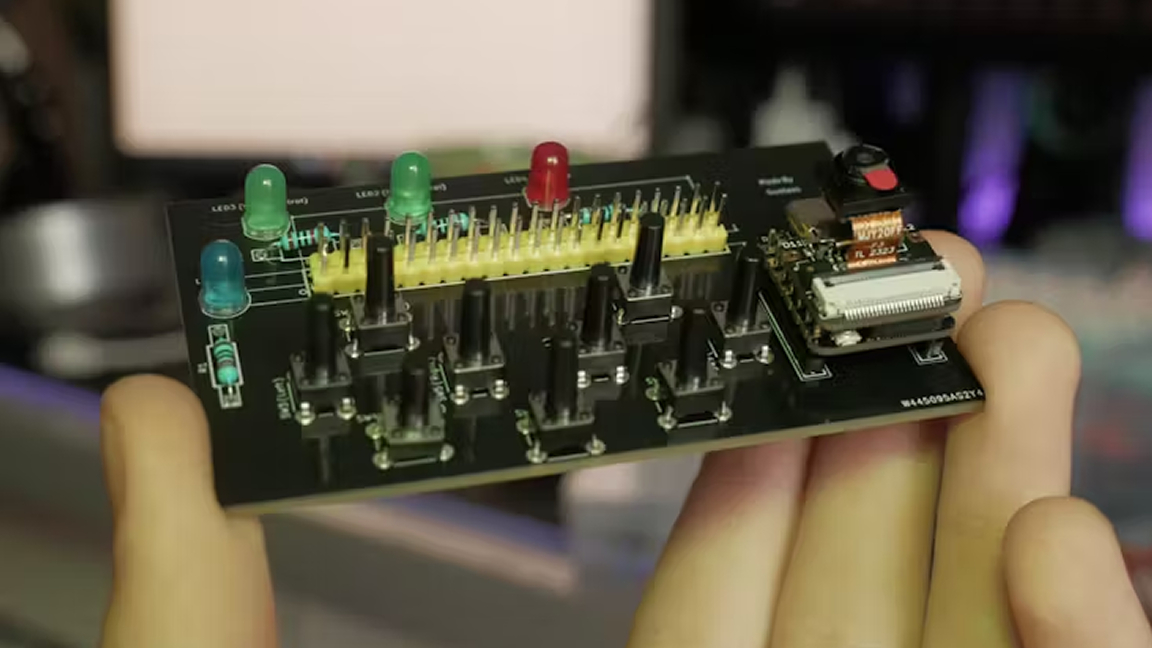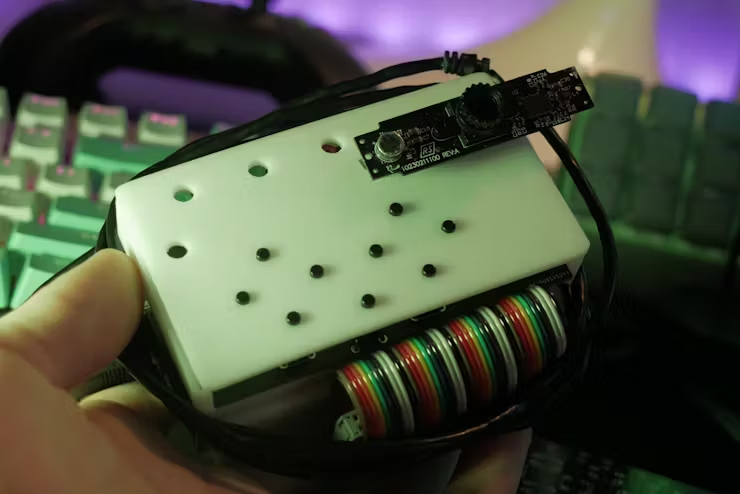
No one ever said flying a drone was easy, but that goes double for anyone with physical impairments in their hands. Thankfully we have brilliant makers like Gustavs Andersons around to help bridge the gap and make flying more accessible. Andersons has created a project he calls AeroCommand that uses one of our favorite SBCs—the Raspberry Pi—to allow anyone to pilot a drone hands-free.
According to Andersons, he's a student from Latvia and created this project to submit to a contest called the Build2GetherV2 Contest. The goal of the project was specifically to help people who have various forms of limitations in their hand dexterity by creating a system that uses AI to interpret other methods of input to control, in this case, a DJI Mavic Pro drone.
The controller uses a camera to capture images of the pilot's face and then parses through an AI system to monitor different movements. Things like facial expressions and tilting your head can be translated into input signals. For example, you can nod your head forward to adjust the throttle while winking your eyes to signal yaw. However, these options aren't always possible for everyone, so he threw in a voice-control option, as well.

Andersons is using a Raspberry Pi 3B+, proving you don't need the latest model to pull this project off ,but you could still get away with using a Pi 5 if you wanted to and would likely see a performance boost. The Pi communicates wirelessly with the drone remote and an Android smartphone. It's also connected to a Seeed Studio Sense that helps with the speech-to-text functions. To pull everything together, Andersons created a custom PCB.
In the spirit of making drone flying more accessible, Andersons has made the project entirely open source so anyone can recreate it at home. All of the source code is available over at GitHub.
Be sure to follow Andersons for future updates, as plans are in the works to capture a demo video once a broken motor has been repaired. If you'd like to get a closer look at this Raspberry Pi project, you can find a full build guide over at Hackster.







